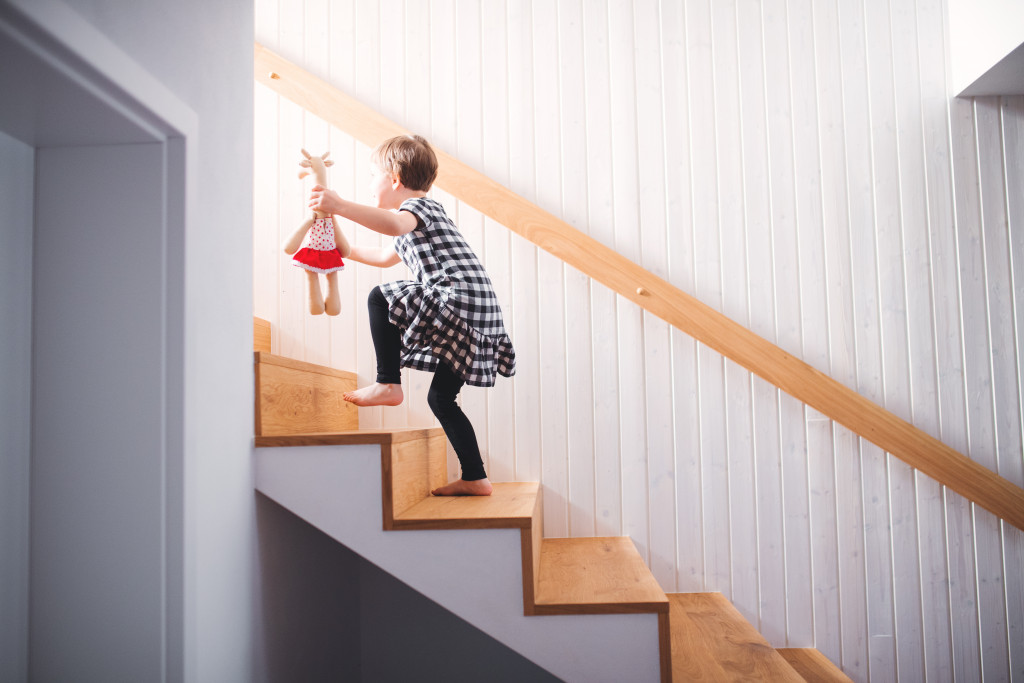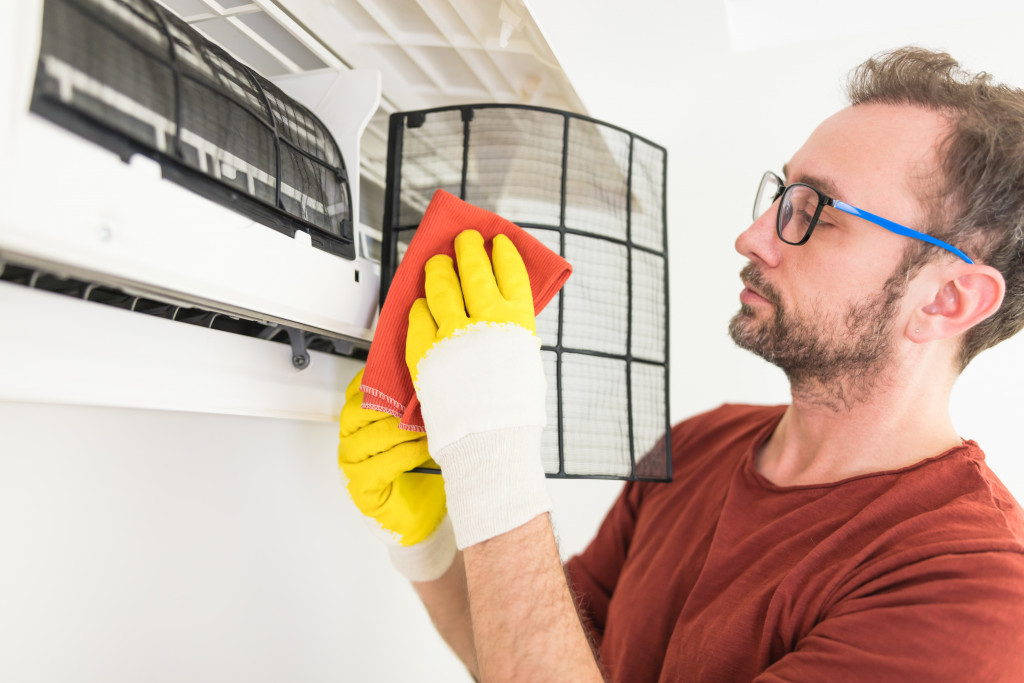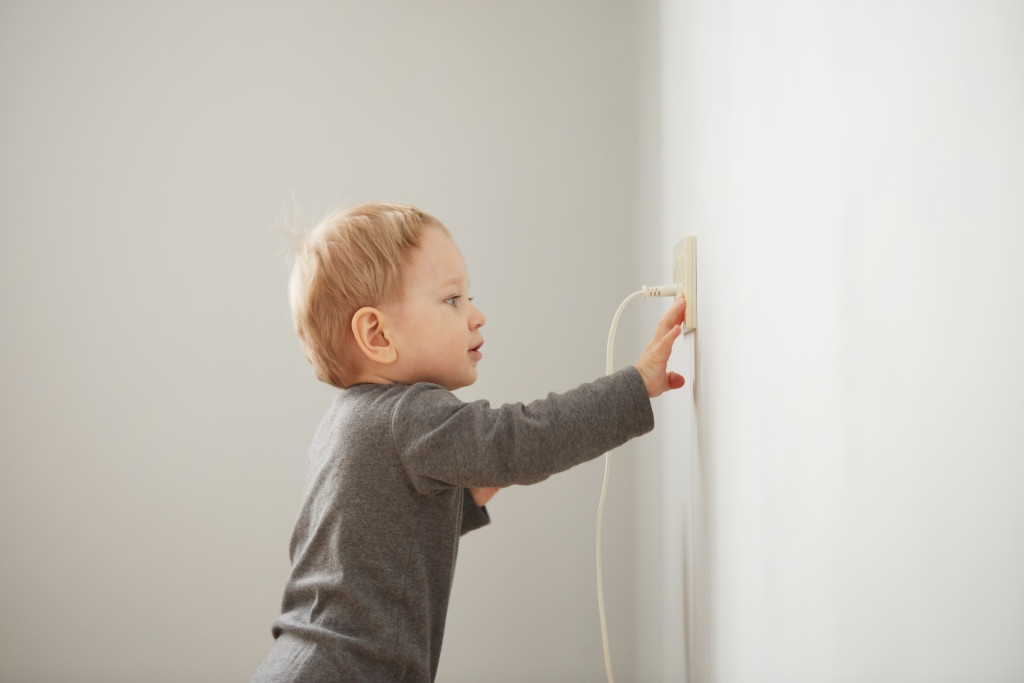- Over three million US children are injured, and 2,200 die annually from domestic accidents.
- Prioritize avoiding electric and fire hazards, like overloaded circuits and cooking appliances, and install smoke alarms.
- Prevent accidental falls by using safety gates, securing rugs, and keeping furniture away from windows.
- Improve air quality by regularly maintaining HVAC systems and using air purifiers, and ensure water is free from contaminants.
Building a healthy home for kids is an essential aspect of parenting. Parents must prioritize ensuring their homes are safe for their children. Children’s hazards in homes are numerous and could be potentially dangerous. Statistics show that over three million children are accidentally injured in their homes each year in the United States. Moreover, more than 2,200 children die annually from domestic accidents.
In conclusion, building a safe and healthy home for kids is a task that requires carefulness and attention to detail. While homes pose numerous hazards to children, it is essential to prioritize and address each one. Parents must ensure that their homes are free from risks for their children. Here are a few things to prioritize.
Electric and Fire Hazards
One of the critical aspects of building a healthy home for kids is being aware of the potential electric and fire hazards in the house. Parents must prioritize identifying and addressing these hazards to ensure the safety and well-being of their children. Electrical hazards in the United States cause around 4,000 injuries and 300 deaths yearly. On the other hand, more than 350,000 residential fires occur each year, accounting for approximately 2,650 civilian deaths and 11,000 injuries.
Here are the most apparent electric and fire hazards that parents should prioritize when building a healthy home for their kids:
Electrical Outlets
Electrical outlets are a significant hazard for kids, as children may accidentally insert objects into them, leading to shocks, burns, and even death. Consider covering those areas to ensure your kids remain safe even if they are close to them.
Overloaded Circuits
Overloading a circuit can cause overheating, leading to electrical fires. Parents should make sure to avoid the use of multiple power strips chained together or extension cords to plug in devices.
Cooking Appliances
According to the National Fire Protection Association, cooking is the leading cause of residential fires. Parents must ensure that cooking appliances are not left unattended and children are kept away from hot surfaces.
Smoke Alarms
Smoke alarms are an essential tool for keeping kids safe from fire hazards. Parents must ensure that their homes have working smoke alarms in every bedroom and on every floor of the house. Regular testing and maintenance can help ensure that smoke alarms are functioning correctly.
Accidental Falls

Accidental falls are a significant threat to kids, and parents must ensure their homes are free from any hazards that could cause a fall. Statistics reveal that falls are the leading cause of non-fatal injuries for children, with children under five being the most vulnerable.
Here are some ways parents can ensure their kids are safe from accidental falls in the home:
- Use safety gates: Parents should use safety gates to prevent children from accessing stairs and other hazardous areas.
- Keep stairs clear: Parents should ensure that stairs are clear of any clutter or other objects that could cause a trip or fall.
- Install window guards: Installing window guards can help prevent children from falling out of windows, which can cause severe injuries.
- Use non-slip mats: Parents should use non-slip mats in areas likely to become wet, such as in the bathroom or kitchen, to reduce the risk of slipping and falling.
- Secure rugs: Rugs can be a tripping hazard, so parents should ensure that rugs are secured to the floor or removed altogether.
- Keep furniture away from windows: Children can use furniture to climb up and access windows, so it’s essential to keep all furniture away from windows in the home.
Poor Air Quality

Poor indoor air quality can harm kids and cause numerous health problems. Children spend a lot of time indoors and breathe in a lot of air, making them vulnerable to the harmful effects of indoor air pollution. Some of the effects include asthma, allergies, and even cancer.
Parents can take several steps to improve indoor air quality, including regularly cleaning and maintaining heating, ventilation, and air conditioning (HVAC) systems. Regular vacuuming, dusting, and cleaning of surfaces can also help remove pollutants from the air. Parents can also use air purifiers with HEPA filters to remove airborne particles, allergens, and pollutants.
Poor Water Quality
Water is essential for healthy living but can also contain contaminants that risk kids’ health. Parents must prioritize ensuring their water supplies are free from contamination by investing in a water softener service. Water softeners can help remove calcium, magnesium, iron, and other hard minerals that could lead to skin irritations and allergic reactions. Parents must also ensure their drinking water is tested regularly for potential contaminants such as lead or arsenic.
Final Thoughts
Building a healthy home for kids is an essential task that parents must prioritize. Parents can ensure their kids are safe at home by identifying potential risks, such as electric and fire hazards, accidental falls, poor air quality, and poor water quality. Regular maintenance routines, like cleaning and testing the water supply and HVAC systems, can help further reduce health risks. Following these steps can help create a safe environment for kids to thrive in.




